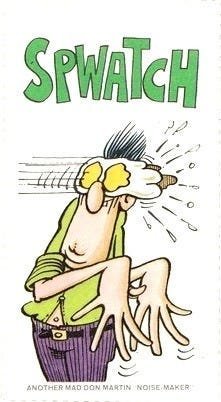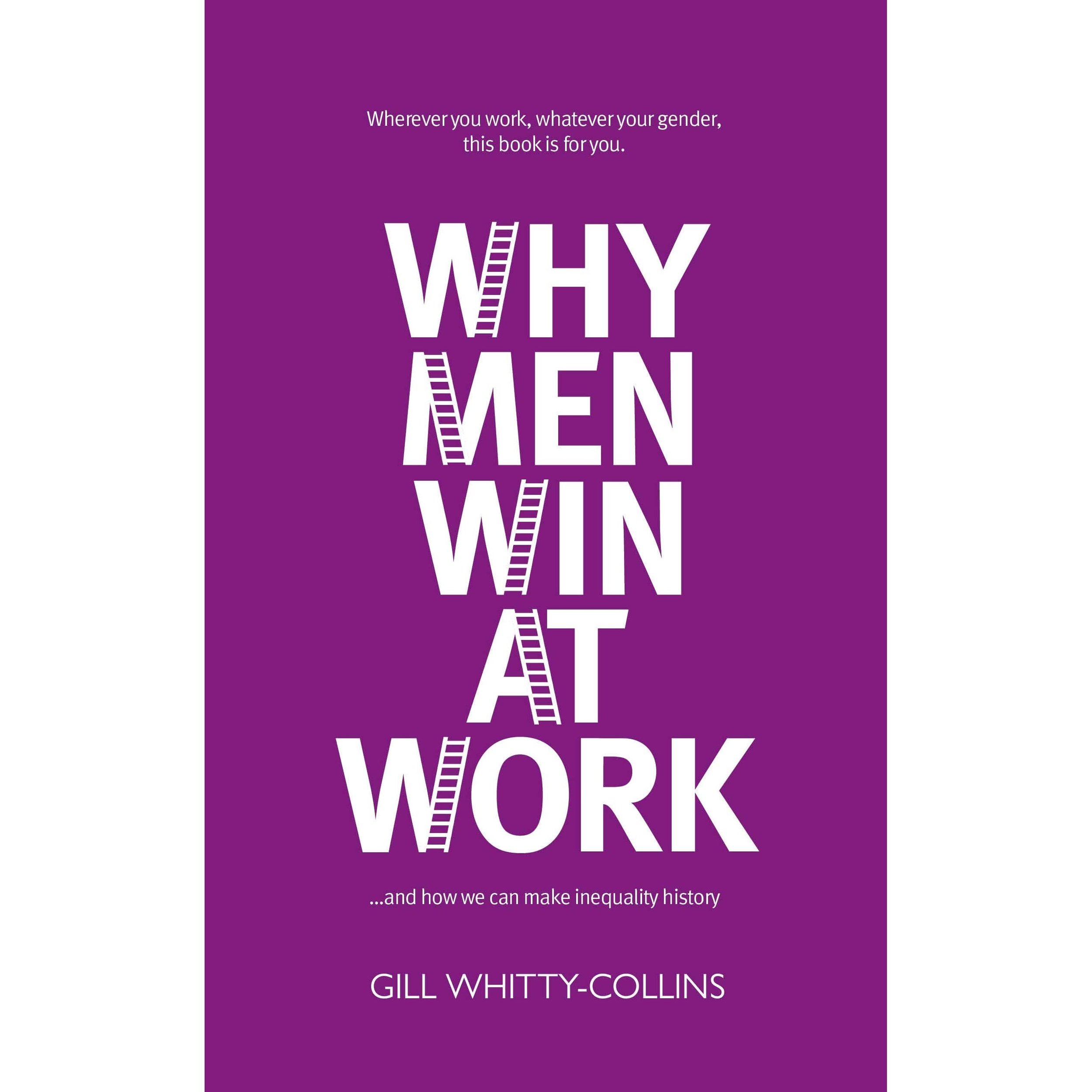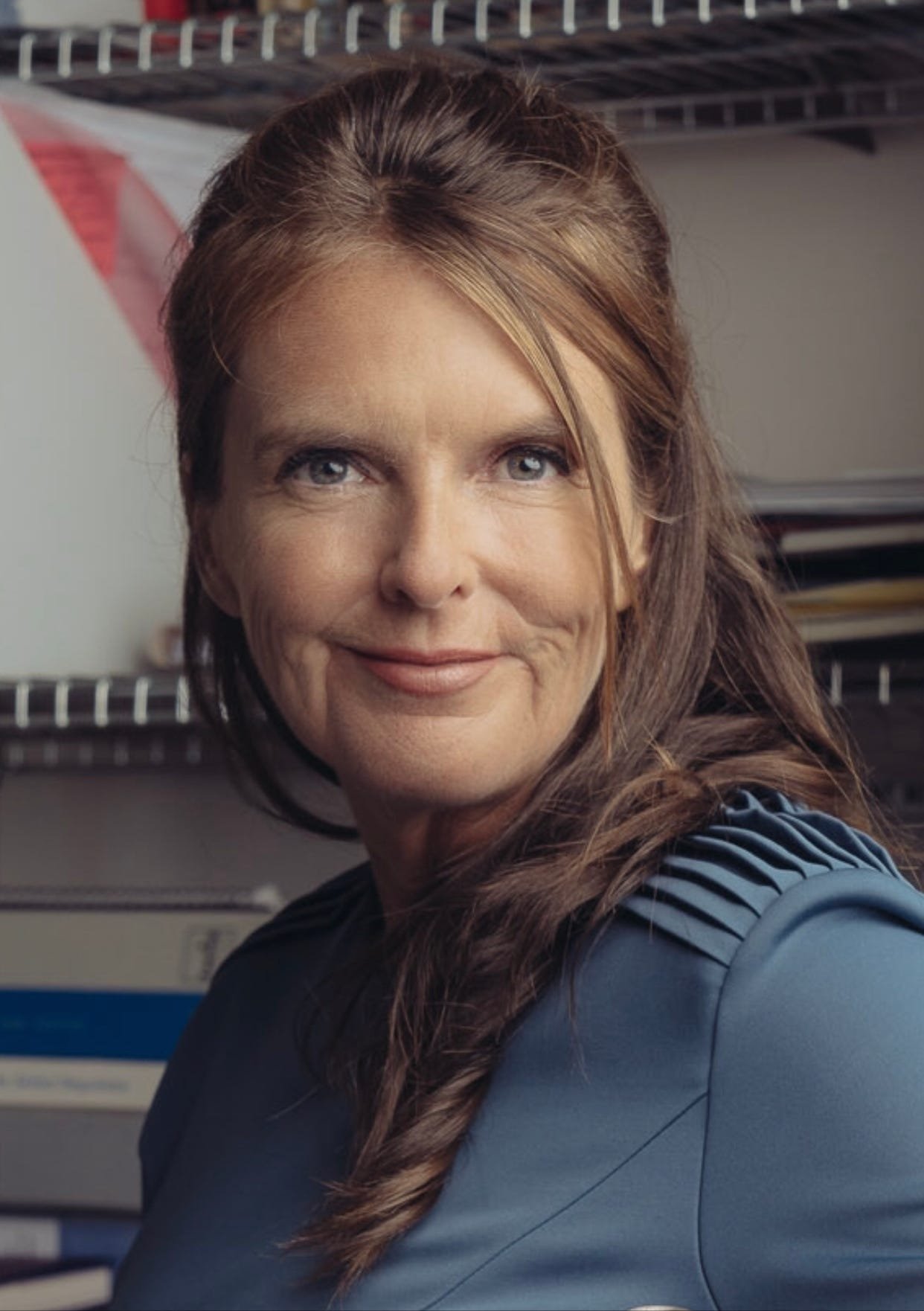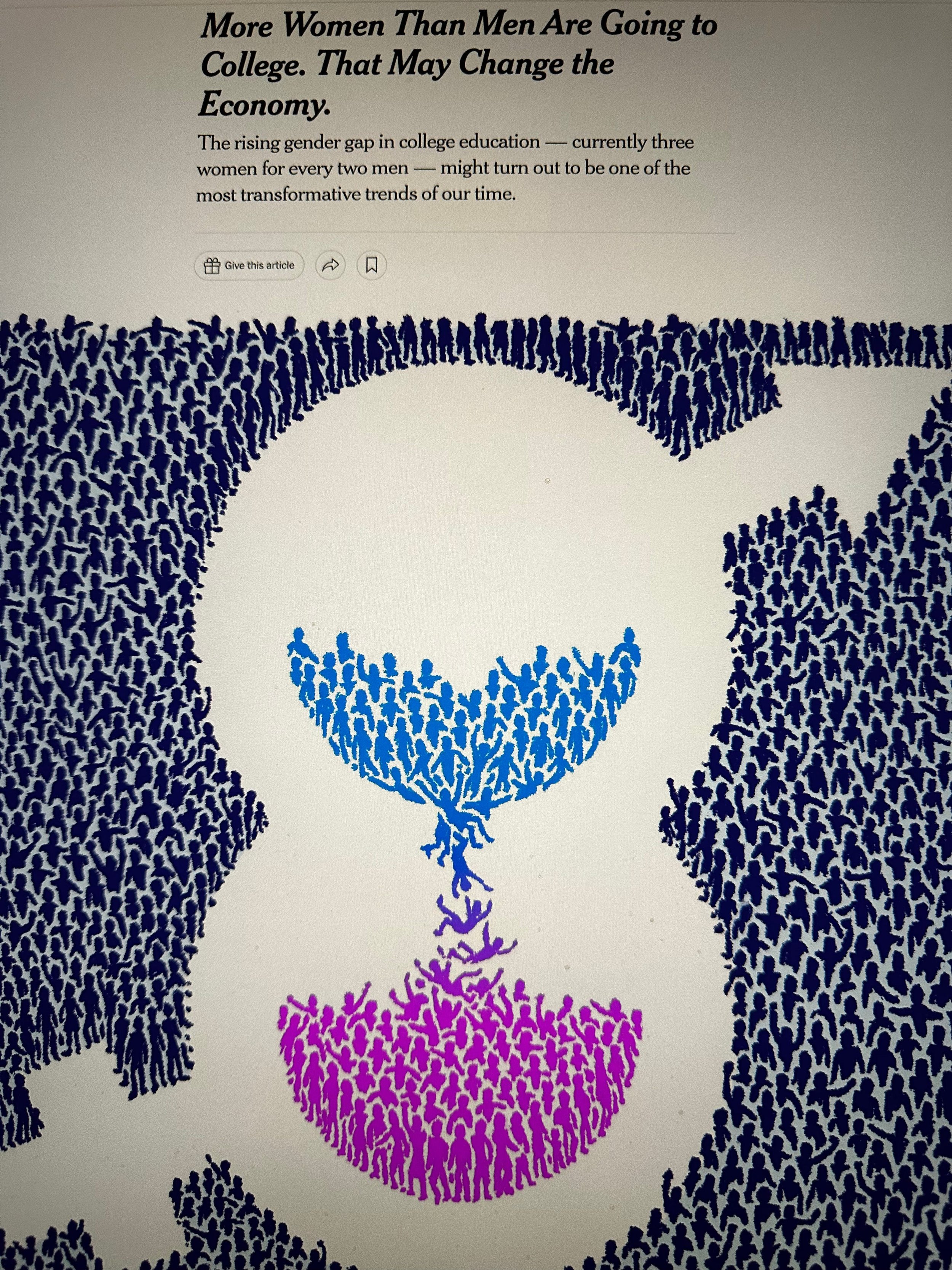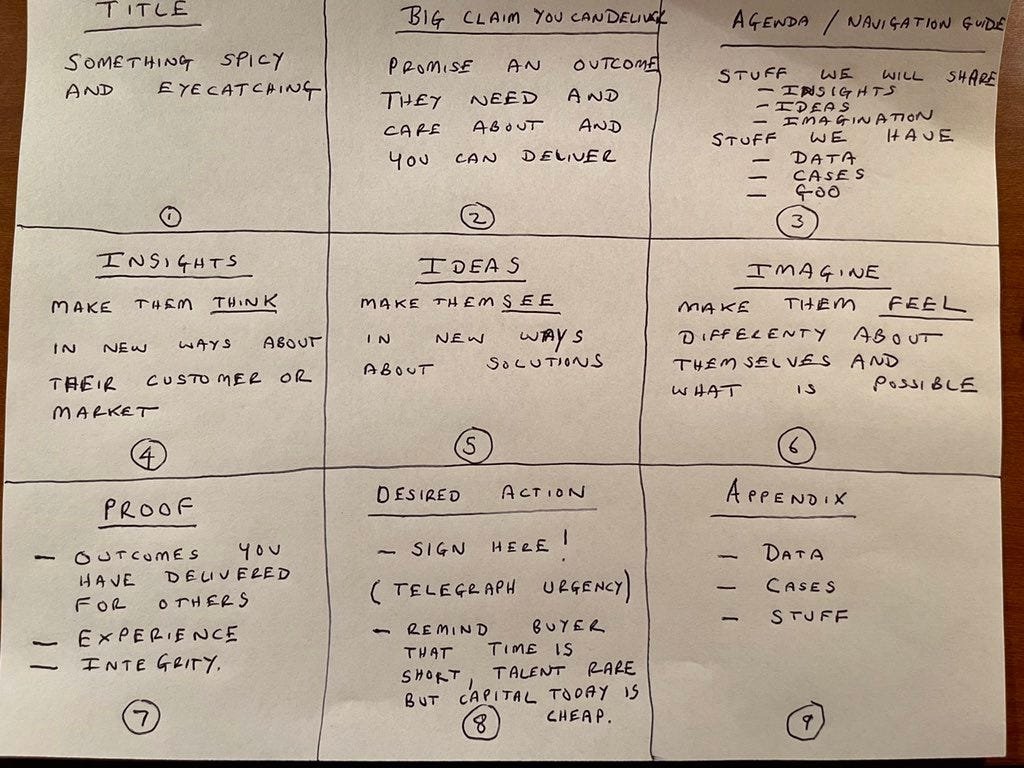Messiah Karma.
During the past two weeks a few “Messianic” figures have imploded or are in complete melt down mode.
Kanye West in the world of music whose business and reputation have cratered as he went on a verbal rant of great rage.
Sam Bankman-Fried the CEO of FTX who transformed from being a face and savior of the crypto industry to losing most of his wealth overnight and potentially facing jail time for fraud.
And then there is Elon.
While Kanye and Sam have imploded we are viewing the rapid decaying of Elon Musk who is running a master class on value and reputation destruction one tweet at a time.
And further afield in Russia is Mr Putin who is destroying lives, economies and reputation at the end of a long long table.
A Messiah or God Complex
What is a Messiah Complex?
From Wikipedia :A messiah complex is a state of mind in which an individual holds a belief that they are destined to become a savior today or in the near future.
What triggers a God complex?
It can manifest as a justification to behave a certain way or take a particular course of action that is unethical and even dangerous. Similar to many other mental disorders, the exact cause of this complex is not known.
Messianic Traits.
Messiahs share three common traits.
1. The Rule of Law is not for them: Contracts do not matter. Financial regulations are for the birds. Other people are lower level creatures who do not have rights. Borders are decided on personal predilections.
2. Incestuous Thinking: Get high on their own fumes. View everything from narrow perspectives. Do not listen to other perspectives.
3. Sycophantic Choruses: They surround themselves with yes-people who aid, abet and re-enforce their worst impulses and behaviors. Anyone who disagrees is banished. Often fawning press furthers their self-regard by echoing that they are just awesome in every way.
The turd at the head of the table.
In one of the most popular posts of this though letter called “The Turd on the Table” best practices on addressing tough issues such as calling out that the moist brown thing on the table is not a brownie but a piece of excrement are discussed.
Companies and leaders that do not create an environment where mistakes and bad behavior can be discussed are doomed to great problems (Wells-Fargo opening fake accounts is an example).
But what happens if the turd sits at head of the table?
The dear leader is the problem which will end up costing everyone dear.
This is a far more difficult challenge which is why many leaders who are not constrained by boards, advised by truth tellers or who look for data that does not support but challenges their beliefs, destroy not just themselves but create massive havoc in peoples lives and significant financial destruction.
Avoiding the Karma of Self-Defeat.
Most messianic leaders end up defeating themselves by stretching things too far.
Napoleon stretched his resources too far by opening the the Russian front.
Bankman-Fried stretched the truth and line between FTX and Almeida so there was no line.
Musk is twittering too much and is now frittering so much.
If one believes one sits as God in heaven above all , does not see other points of view and is surrounded by a chorus of enablers, sooner or later hell arrives.
Successful individuals and companies should learn from these tragic stories and damaged people in the following ways:
1. Diversity: Diversity of backgrounds and thinking particularly in leadership teams are critical. If everybody thinks the same way, it can be dangerous. Disagreement and challenging points of view is what boards, external perspectives and independently successful people bring to a company or to a person.
2. Building a case for the opposite: Whenever a key decision needs to be made a team or individual should be charged with building a case for the exact opposite of what you as an individual, a leader or board are considering. This provides two benefits. First it allows one to make sure that group think does not disconnect us from reality since there is a reminder that we may be wrong. Second it helps us correct gaps in the thinking of our original recommendation. It is like stress testing our proposition.
4. Remember the future comes from the slime and not the heavens: There are many benefits of being a leader, working at a very successful company and being on the top of the world. Everybody wants to meet with you or think you are cool because of the fame and reputation of your company. The press fawns and friends’ gush. It gives us all a great rush.
The future usually does not emerge from the gatherings at Davos, The Allen Conference or at TED but where no one is looking or visiting. The Auto companies were looking at each other and they missed Tesla and Uber. Procter and Gamble missed Dollar Shave Club. IBM missed Microsoft. And today TikTok has more engagement than every Facebook property combined (Facebook, Instagram, and WhatsApp). So, let’s meet the crazy folks who have an idea, go off the beaten path and not take ourselves too seriously.
Or let us remember just one characteristic to minimize self-defeat.
Humility.
On Poetry.
Photography by Rishad Tobaccowala
“Poetry is accelerated thinking.”
“Poetry is the best words in the best order.”
“Poetry is stored magic.”
“Poetry restores us to what is deepest in us. It consoles us.”
“The greatest poetry is written at the borders of what can be said. It makes a strong effort at expressing the unsayable.”
“The meaning of poetry is to give you courage.”
“The purpose of poetry is to remind us how difficult it is to remain just one person.”
Photography by Rishad Tobaccowala
The impact of reading poetry.
“A poem pierces the shimmering surfaces of the modern world and somehow penetrates the core of reality itself.”
“If I read a book and it makes my whole body so cold no fire can ever warm me, I know it is poetry. If I feel physically as if the top of my head were taken off, I know that is poetry. These are the only ways I know. Is there another way? “
“In an old book. I stumbled across a saying.It was like a stranger.Punching me in the face.”
“Implicit in poetry is the notion that we are deepened by heartbreaks, that we are not so much diminished, as enlarged by grief, by our refusal to vanish-to let others vanish-without leaving a verbal record. Poetry is a stubborn art.”
Most of all it gives us the courage to speak up and to recognize authentic voices..
“Where the voice that is in us makes a true response. Where the voice that is great within us rises up”
Photography by Rishad Tobaccowala
Poetry reminding us of what we need today.
Kindness
by Naomi Shihab Nye
Before you know what kindness really is
you must lose things,
feel the future dissolve in a moment
like salt in a weakened broth.
What you held in your hand,
what you counted and carefully saved,
all this must go so you know
how desolate the landscape can be
between the regions of kindness.
forever.Before you know kindness as the deepest thing inside,
you must know sorrow as the other deepest thing.
You must wake up with sorrow.
You must speak to it till your voice
catches the thread of all sorrows
and you see the size of the cloth.
Then it is only kindness that makes sense anymore,
only kindness that ties your shoes
and sends you out into the day to gaze at bread,
only kindness that raises its head
from the crowd of the world to say
It is I you have been looking for,
and then goes with you everywhere
like a shadow or a friend.
Photography by Rishad Tobaccowala
Poetry and the beat of time
From Sunlight on Garden
By Louis MacNeice
The sunlight in the garden
Hardens and grows cold
We cannot cage the minute
Within its net of gold
Lines on a young lady’s photograph album
By Phil Larkin
At last, you yielded up the album, which
Once open, sent me distracted. All your ages
Matt and glossy on the thick black pages!
Too much confectionery, too rich:
I choke on such nutritious images.My swivel eye hungers from pose to pose -
In pigtails, clutching a reluctant cat;
Or furred yourself, a sweet girl-graduate;
Or lifting a heavy-headed rose
Beneath a trellis, or in a trilby-hatThose flowers, that gate,
These misty parks and motors, lacerate
Simply by being you; you
Contract my heart by looking out of date.In short, a past that no one now can share,
No matter whose your future; calm and dry,
It holds you like a heaven, and you lie
Invariably lovely there,
Smaller and clearer as the years go by.
Photography by Rishad Tobaccowala
Poetry’s application to current events.
Shakespeare on social media.
All the world’s a stage.
And all the men and women merely players.
The all have their exits and entrances
And one man in his time plays many parts
Seeking the bubble reputation.
William Wordsworth on the competitive world of work and consumption.
The world is too much with us.
Late and soon
Getting and spending
We lay waste to our powers.
Yehuda Amichai on this past week’s events at Twitter
Here is a poem written nearly 10 years ago (with two phrases removed and nothing else changed) that serves as an elegy and lamentation for this week’s events at Twitter.
A Pity, We Were Such a Good Invention
They amputated
As far as I am concerned
They are surgeons. All of them.They dismantle us.
Each from the other.
As far as I’m concerned.
They are all engineers. All of them.
A pity. We were such a good
And loving invention.
An aeroplane.
Wings and everything.
We hovered a little above the earth.We even flew a little.
Why Men Win at Work.
Gill Whitty-Collins graduated from Cambridge University and went to work at Procter and Gamble where she rose to Senior Vice President of P&G’s Beauty business overseeing all of Europe, India, The Middle East, and Africa before she retired.
During a conversation about her best-selling book “Why Men Win at Work” Gill made the case that women should have 50% of the most senior roles in companies because women are 50% of the population and the data unequivocally shows that they are equally intelligent and competent and have equal leadership ability. So, targeting 1 woman on a Board or Executive team is simply ‘tick the box’ tokenism and shows that one does not understand or believe that equality and diversity drives stronger teams and better business performance.
Today in business, politics, and many other areas less than ten percent of top leadership are women.
Also, despite half of most new hires being women and many best efforts she does not believe she will see gender equality in her lifetime.
In fact, Gil believes that hybrid work may be a disaster for gender equality (a perspective shared by Tom Standage the Deputy Editor of The Economist who has also been contemplating the issue).
Despite these hurdles Ms. Whitty-Collins reminds us that companies that do not leverage, empower, and promote women are likely to lose in the marketplace and shares best thinking and practices on how to do so.
The challenges women face.
Gill notes four challenges women face in rising to leadership positions.
These are company culture, “confidence vs competence”, the Umbrella theory and the “Mini-Me” syndrome.
Company Culture at the most senior levels are often dominated by men and women to adapt become something they are not and lose their sense of authenticity and comfort. Like a fish who is not aware of water many organizations that are dominated at the very higher levels primarily by men are not aware of the environment they create.
Confidence vs competence: Competence while important is not enough. People feel and like those who are confident. For a variety of reasons women have tended to be less comfortable projecting confidence. If employers do not look behind the “confidence curtain” they may choose the more confident man and overlook the more competent women. This “confidence” is often manifested in meeting rooms where men often dominate the discussion and are seen as stronger leaders and contributors.
Umbrella Theory: According to Whitty-Collins a disproportionate number of women believe “my work should speak for itself” and fail to understand that it is like doing one’s work under an umbrella as management looks down on the troops. It is critical that occasionally the person merchandises themselves and their work. Doing great work is not good enough. The work needs to be visible, and the worker needs to be known. For a variety of reasons men have tended to be more comfortable at doing this.
Mini-me syndrome: This is what Gill calls the tendency of men to support younger versions of themselves, allowing the self-fulfilling prophecy that men are more likely to make it keep fulfilling itself.
It is important that all of us and companies are aware of the impact of culture, the confidence curtain, the umbrella theory, and the mini-me syndrome to detract from goals of ensuring representation of women in the upper echelons.
Why hybrid work may be a disaster for women.
This is provocative because the ‘easy’ perception is that hybrid work is a good thing for women.
And it should be in theory - but the issue is that, for lots of reasons, men will be less likely to leverage it and women will suffer from the resulting presenteeism & visibility bias (the Umbrella Theory multiplied).
During Covid-19 a range of studies showed that women were more negatively impacted by the pressures of caring for family and career and more senior women dropped out of the work force than men did. Here is one of a series of articles on the challenges women face in today’s post Covid environment.
As companies move to hybrid work employers should be conscious of this and have policies & practices in place to ensure it doesn’t become hugely gender biased.
Companies that don’t ensure women make up their fair share of leadership will lose to ones that do.
The companies with the best talent aligned against common goals will win in the future landscape.
With women accounting for half of all talent and the number of working age folks declining in the Western World, companies who do not leverage the potential of half the work force are likely to suffer.
In addition, the Millennial and Gen-Z employees and recent graduates from schools (where women are enrolling at a higher rate) are looking for future forward companies.
Gill has many more insights and perspective which can be found below. It is thirty minutes that will make you see and think differently about the future of the workplace: (Consider subscribing to What Next? on every major platform. It has world class guests. Is edited down to 30 minutes. And is free. No fees. No ads. )
The Three Keys: Data. Trust. Intent.
Photography by Flora Borsi
Mike Donohue a colleague of over 30 years during his 4A’s (American Association of Advertising Agencies) and ANA (Association of National Advertisers) career embraced the emerging digital world and was a cheer leader for many of the first pioneers in the space. A few years ago, he casually noted that to be convincing one needed a four, five and six letter word.
Data.
Trust.
Intent.
I began to think more about this statement and have come to believe that in today’s hurly burly and polarized word we could all benefit from asking whether our arguments, points of view and sales pitches reflect these criteria.
Photography by Flora Borsi
Data.
Today we live in a data driven age. So much so that people refer to data as the new oil (though the value is in the refining of this oil and not the oil itself, but that is a different story) and every company is fixated on a data strategy.
Data today is a magic illuminant in that it reveals as many questions as it answers and shines a light on co-relationships, we may have not been aware of.
As importantly, if we do not incorporate facts and numbers into our thinking it is highly unlikely that one can will either be correct or convincing.
Being comfortable with data and leveraging its use is a key to impact today.
But it is key to remember two other things when leveraging data.
While data is necessary it is rarely sufficient for a competitive advantage since almost every firm has access to most of the same data and it is how one extracts math from the meaning that creates value and insights.
Secondly, we should not overly fixate on data since human beings select with their hearts and use numbers to justify what they do and so many times different people looking at the same data come up with different conclusions.
So, we need more than data and facts to be persuasive.
Photography by Flora Borsi
Trust.
Larry Light once wrote that we should not confuse truth and trust: truth is a fact; trust is a feeling.
While we are surrounded by algorithms that are data driven, digital and operated on silicon chips, we should never forget that people are analog, carbon based and feeling driven.
If someone does not trust us it does not matter how much data, we bring to the fight. We are likely to fail to convince them to see things our way.
Today, many tech companies and others are rightly focused on winning back trust.
On the other hand, if one is trusted the person or team you are trying to convince will fill in the gaps of the missing data with the emotional bond or past history, they have with you or your reputation.
Trust not only enables for decisions without complete data but also something else.
Trust is speed.
Many people who often get things done fast do so without resorting to deep decks filled with rows of numbers.
Things move fast because they engender trust.
Photography by Flora Borsi
Intent
There is the story and then there is the back story.
If your story is built on data and the storyteller has trust than we should assume impact, right?
Not necessarily because the listener, buyer, and decision-maker are also looking for or running in their mind a back-story.
The back-story is what is motivating the speaker/seller and what is animating these numbers.
What is the intent?
Is the intent one that is more than a sale or a transaction? Is the intent selfish or one of mutual success? Is this a move among other moves and are you pawn on a chess board, or can you see the play?
Good data leveraged by a person that has trust must also have good intent to have impact.
To ensure clear intent it helps to be transparent about one’s goals, incentives, and metrics of success.
Meld the back story and the story in the foreground by signally clear and good intentions that are mutually beneficial.
So, as we try to convince someone to align with our point of view or to make a decision in our favor, we should not forget we will need the four, five and six letter words.
Data. Trust. Intent.
We are all salespeople.
One does not need to be customer facing or have sales in our job requirement to understand the importance of being skilled at persuasion.
Whether it be to convince people about our point of view, get them to accept our recommendation or even attract a partner we all need to be able to sell.
Over years of observing people who not only are great at sales but do so in ways that feed, build and nourish strong ongoing relationships while also building goodwill, reveal four common practices:
Understanding needs: 8 Expectations.
Leveraging the concept of SAVE: Solution. Access. Values. Experience.
Unearthing answers the using a photography Metaphor: Frame. Illuminate. Edit.
High Impact presentation: Short. Punchy. Unforgettable.
Understanding Needs: Eight Expectations.
Four of these expectations are focused on outputs and outcomes and four of them focus on process or how the partner works.
Outputs: Insights, Ideas, Inspiration, and Implementation.
Process: Collaboration, Continuous Improvement, Operating Discipline, and Values.
Insights: Clients pay the highest premium in not just economic value but their attention and their admiration to firms that bring them insights about their customers or their business.
Inspiration: External suppliers and partners see a world different than a client. Most work across different industries and have a different employee mix. Clients in these changing times want to know how they benchmark against the best. Not just their industry, but across industries.
Ideas: In the end despite debate as to whether they pay adequately for ideas, every client cares a lot about ideas and without a good flow of them it is hard for an outside partner to remain valuable.
Implementation: Eventually insights, inspiration and ideas mean little if they cannot be implemented in the marketplace. Clients look for firms that have the skills either internally or thought tight partnerships to yield tangible programs, products or services into the marketplace in a cost-effective timely manner.
While insight, inspiration, ideas, and implementation are the wings of a healthy partnership, there are some processes or ways of working that are as important and often can carry a relationship when the ideas, insights, ideas, or implementation are wanting or can challenge a partnership when not present even if ideas, inspiration, and insights are flowing
Collaboration: Clients hate (and it is not too strong a word) the lack of collaboration between their various partners. They resent having to baby sit grownups who cannot play together. They see the friction as a loss of time and economic value.
Continuous Improvement: In a world of change, businesses ask if the outside partner is continuously improving themselves. Are they remaining curious, challenging the status quo, and leveraging technology or other efficiencies costs, becoming more productive?
Operating Discipline: This is the least sexy and interesting part of what clients want because in many ways they expect it. Can their partner run their own business by managing budgets, schedules, legal clearances, and the like? Are they responsiveness and do they staff with capable people?
Values: This is an expectation that has grown increasingly important over recent years as companies increasingly care about employee well-being, diversity, and purpose. Integrity and trust have always been critical to Clients, but they now want to know about the workforce of their suppliers and partners.
For a step by step guide on how to understand and meet client requirements click here
S.A.V.E.= Solutions. Accessible. Value. Experience.
Solutions
People and potential Clients look for solutions, but companies often focus on products, services, and processes.
This is understandable since the purpose of an organization is to provide products and services and often the way to differentiate oneself is by focusing on the special inputs (e.g., data), ingredients (e.g., saffron), processes (e.g., “bespoke”, “hand curdled”), approaches (e.g., some sort of diagram of how the company comes up with results) or organizational structure (e.g., “our special way of working and organizational structure that is silo-less, client focused and efficient”)
All of this is well and good and often necessary but never sufficient.
Because what the buyer is asking is “can you show me some cool shit instead of showing me how your colon works?”
Accessible
Today, most people are constrained for time and want things fast, friction-free and optimized for their personal situation.
Simplicity in understanding what is available.
Convenience in buying.
Flexibility in delivery and returns.
Optionality in payment terms.
Are our solutions easy to buy and ourselves easy to deal with?
For an organization this means being easily discoverable on all major platforms. Using language that is simple and free of buzz word bingo and jingo lingo. Being available to purchase or interact with across all channels and offering varied methods of delivery and payment.
People will not adapt to the way of the company, but the company needs to re-tool its spine to adapt to the way of the people.
Value(s)
Value is always a key since in addition to time, money is often a constraint for most.
This often requires competitive pricing but is not necessarily about selling out with the lowest price.
Ideally one finds a way to price the outcome versus the input.
Buying cheap pigs could lead to poisoned hot dogs.
Smart archers use fewer arrows and can get to the bullseye of solution faster, so quality has great ROI but often one must find ways to illustrate and numerate quality.
Some approaches include truly differentiated solutions or people where the result or experience are so clearly superior that premiums are justifiable.
It is important to note that Apple, LVMH, Disney and many others do not differentiate on price but value.
In addition, today like never before the values of a company or person matters.
Purpose.
A stance on ESG.
Approach to DEI.
Care and growth of employees and community.
All these now become ways to signal value and values.
Experience.
In the end people remember the experience and pay for the experience.
And much of business and marketing is creating seamless experiences or rectifying and correcting lapses in the experience.
Experiences have always been key but in the next few years as Web 3.0/The Third Connected Age scales with increasingly open, decentralized and composable systems, AR/VR interfaces, new organizational structures (DAO’s) and new currencies of trust and monetization (Blockchain driven tokens) it is likely to be the KEY differentiator
For a step by step guide on how to leverage S.A.V.E. click here
Unearthing Answers using a photography metaphor: Frame. Illuminate. Edit.
The essence of photography
At its essence photography is driven by three variables:
a) Framing: What the photographer decides to focus on, how the camera is angled and positioned relative to the subject and what is left in and left out of the viewfinder.
b) Exposure/Lighting: This is a combination of aperture, shutter speed and how sensitive to light the film is (ISO speed)
c) Editing: Once upon a time with analog film only professionals had the tools of editing (darkrooms, chemicals, and papers) but today with digital capabilities of our phones we all can pre-edit by taking several test shots, give ourselves lots of editing options by taking a lot of pictures and then later with easy-to-use tools sculpt our pictures to our liking by cropping and filtering and more.
The essence of problem solving
The best problem solvers tend to be good at three factors:
a) Framing the problem by asking the right question: They want to know whether one is solving the right problem.
b) Getting the right input/data/facts so they can throw as much light on the problem: Can one get as much illumination as one can?
c) Interrogating and iterating the answer: The first answers tend to be somewhat right and often lec to additional questions or additional fine tuning before one reaches a more robust solution.
For a step by step guide on how to use the photography metaphor click here
High Impact Presentations.
A case can be made that most presentation decks are
a) Un-necessary.
b) Too long.
c) A celebration of process versus product.
d) A mechanism of management control.
e) A waste of talent, time, and treasure.
f) A placebo pill for what can be cured with a conversation.
It may be time to re-think presentation decks.
Why most decks should be no longer than 9 slides.
Think of all the presentation you have sat through or produced. Many were fifty, sixty or hundred slides long. How many slides do you remember? How many stood out or made a difference?
Presentations are often un-necessarily long because:
a) We often confuse volume with quality.
b) Many people feel without a huge deck they cannot justify their expenses or point of view.
c) Often firms are paid by time exerted so they are incentivized to bloat and be baroque.
d) We often focus on how the colon works versus showing the cool shit by spending too much time about the process, the background, the history, the tools, the sources of data versus delivering the idea, insight, innovation, or imagination. If we need more than nine slides to tell our story, sell our point of view, or close a deal, we may not have anything truly convincing, differentiated, or interesting.
Over the years here is some learning gleaned from the best story tellers, salespeople, and communicators reduced to a simple exercise.
The best presentations are ones where you write the deck but never present or share it.
See above or below for a visual of how to limit any kind of presentation to 9 slides.
Begin with a letter size sheet of paper and a pen or pencil.
Place the sheet so it is in landscape mode.
Pretend you are playing tic tac toe and draw two vertical and two horizontal lines.
You now are looking at a slide view of nine slides on a single piece of paper.
Slide 9 is the appendix slide where you will list supporting material and will be the last slide you fill in.
Slide 8 is the Desired Action slide which highlights what you want to get from the meeting/ have the person you are presenting to act on.
This is the first slide that you fill in since this is what the point of the meeting you are having is.
Then the focus of your work is slide 4, 5 and 6 which you may want to label Insights, Ideas, Imagination. What insights about customer, consumer, marketplace, competition will you be sharing that get your audience to THINK differently? What one two or three big ideas are you delivering that will make their customers or consumers SEE them differently? What provocations, perspectives, points of view are you communicating that will get your audience to FEEL differently about their business, their future or you?
The goal of slide 4, 5 and 6 is to make sure you get the action you are looking for on slide 8.
Slide 7 is the Proof on why you or your firm should be believed, and this is where you show or share the cool results you have driven for other people.
Now you are ready to write the opening slides 1, 2 and 3 which are very key. Slide 1 should be a title that will make your audience come to attention, slide 2 a promise or some other benefit or outcome you will drive (e.g. your firm will generate 20 percent improvement or x or y) and then slide 3 which is the agenda slide or navigation slide which notes that you will be sharing ideas, insights, imagination and supporting material….but are ready to jump into any section based on what your audience is interested in first or how you have read the room at the beginning.
Finally slide 9 which is the appendix of all the supporting material that the first 8 slides are built on and can include data, cases, and other stuff.
Once you write this out you will find that you can make the entire presentation often without the presentation and at minimum you no longer have a long ponderous deck.
Instead, we have perspectives, provocations, points of view, insights, ideas, imagination, promises of delivery and a warehouse of stuff they can rummage through assuming they are interested.
Try this approach.
For more on the 9 slide presentation click here





